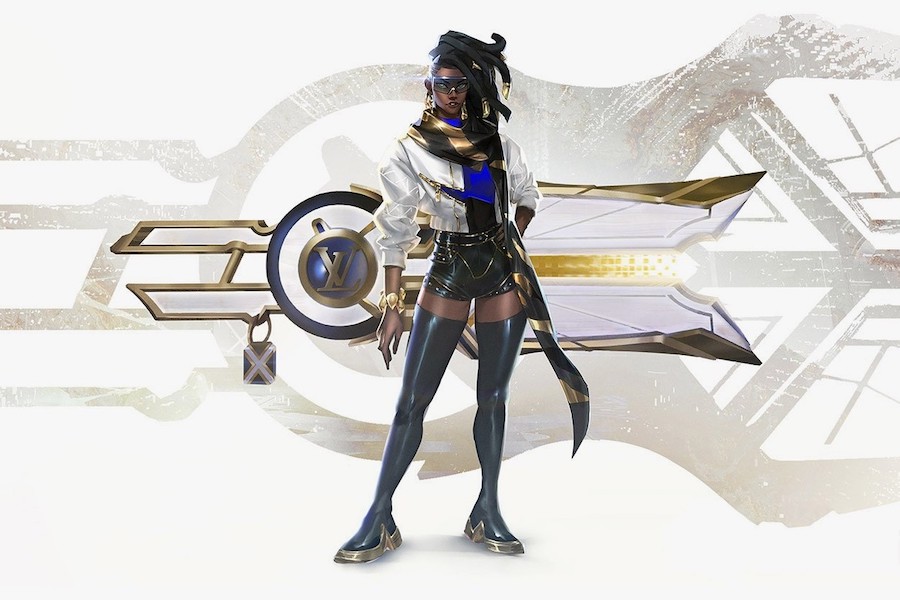DUBAI: Digital fashion is increasingly finding a place in the real-world strategy of global brands, and what it lacks in first-wear, feel-good endorphins, it makes up for in saving-the-environment smarts.
What is a digital fashion collection?
Essentially items that will never physically exist. Part creative outlet (dress your Bitmoji avatar in Alexander McQueen), part hypebeast flex (Fortnite’s “skins” are now must-have revenue-drivers) and part opportunity for the fashion world to address its environmental footprint. Crucially, while the industry has struggled to find scalability, digital-only collections represent a clear chance to reduce waste.
GQ Middle East’s fashion editor, Keanoush Zargham, believes that the concept is long overdue. “It’s vital for fashion brands to adopt a more sustainable way of thinking,” says Zargham. “And it’s great to see how they’re already thinking outside the norms of traditional runway shows, transforming the whole experience into a digital-first concept.”
Why should I consider buying digital fashion?
A cursory glance at your Instagram feed will reveal a host of once-worn “big fit” items that are quickly discarded. Consumers in 2020 buy more and use less, and the wastefulness of fast fashion has reached critical mass. Digital fashion means no items discarded, no material left on the cutting room floor and nothing destined for landfill. The question is, could it ever truly replace the physical element of the industry?
For Dubai-based fashion entrepreneur, Natalia Shustova, the sweet spot could lie somewhere in between worlds. “I don’t really believe in wearing a different item everyday just for social media,” she explains. “I prefer to curate a wardrobe. But the idea of wearing something a little futuristic and impractical to express my creativity – with zero production and waste – then, yes, I would love to try it and purchase digitally.”
While digital fashion collections might remain a work-in-progress, some brands are ahead of the curve.
Louis Vuitton

The Parisian maison dipped a monogrammed toe into the world of digital collections in 2019. Along with a real-world Louis Vuitton x League of Legends capsule collection, people on the multiplayer video game could also purchase Nicolas Ghesquière-designed LV branded skins for around $10. Merging the two worlds, the maison recently included a digital bag for its 2020 Cruise collection.
Carlings

In 2018, this Scandinavian retailer dropped a genderless digital collection of 19 key pieces. Priced $11-33 and ranging from long cloud puffer jackets to metallic track tops, it was a collection made for digital influence. All you had to do was purchase online, upload your image, click for a digital fit and share. It was wildly popular and drop number two is expected soon.
The Fabricant

Inspired by design student Amber Slooten’s all-digital fashion portfolio, Finnish animator Kerry Murphy founded the brand in 2018 and they have since created digital collections for the likes of Tommy Hilfiger, Puma and A Bathing Ape. Although items aren’t always available to the public, it did sell the world’s first digital dress for a staggering $9,500.
Happy99
The brainchild of 3D artist Nathalie Nguyen, this virtual footwear collection is all manga spikes and cyberpunk style. Created more as a creative outlet than as a commercial interest, Nguyen has, so far, resisted requests to create in real time, leaving the brand as an ode to imagination and innovation.
Tommy Hilfiger

The PVH brand aims to fully embrace the digital world by 2021, with a mandate to avoid waste at all costs. While not exactly creating digital collections, Hilfiger will design and make samples digitally, only creating physical clothing for runway shows or when actually sold.







0 التعليقات:
إرسال تعليق